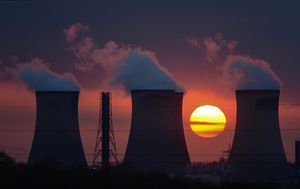IS428 AY2019-20T1 Assign Victor Lin Findings
|
|
|
|
|
|
Q1. Visualize radiation measurements over time from both static and mobile sensors to identify areas where radiation over background is detected. Characterize changes over time.
Over the course of 5 days, the radiation level ranges from 0 to 57,461cpm. The radiation level mostly stays below 100, prior to the earthquake. According to the radiation charts found online, radiation readings above 100cpm are considered high, and the area is considered dangerous. Therefore, sensor readings above 100cpm are differentiated from the rest of the readings with a solid dark grey colour.
Below are the charts of the sensor readings plotted against time, coloured according to the values of the readings:
| This chart represents readings taken from the static sensors. Radiation readings are generally low throughout, with the exception of sensors 9 and 12, that have elevated readings starting from April 9, around 3pm. However, there were no prolonged periods where radiation readings exceeded 100cpm across all static sensors. | |
This chart represents readings taken from mobile sensors. Prior to April 9, the mobile sensor readings are generally below 100cpm, with most sensors having an occasional surge in readings that rise above 100cpm, usually lasting between .5 to 2 hours. Exceptions to this pattern were sensors 9 and 10, which showed a surge that lasted 5-6 hours during the second half of April 8.
|


